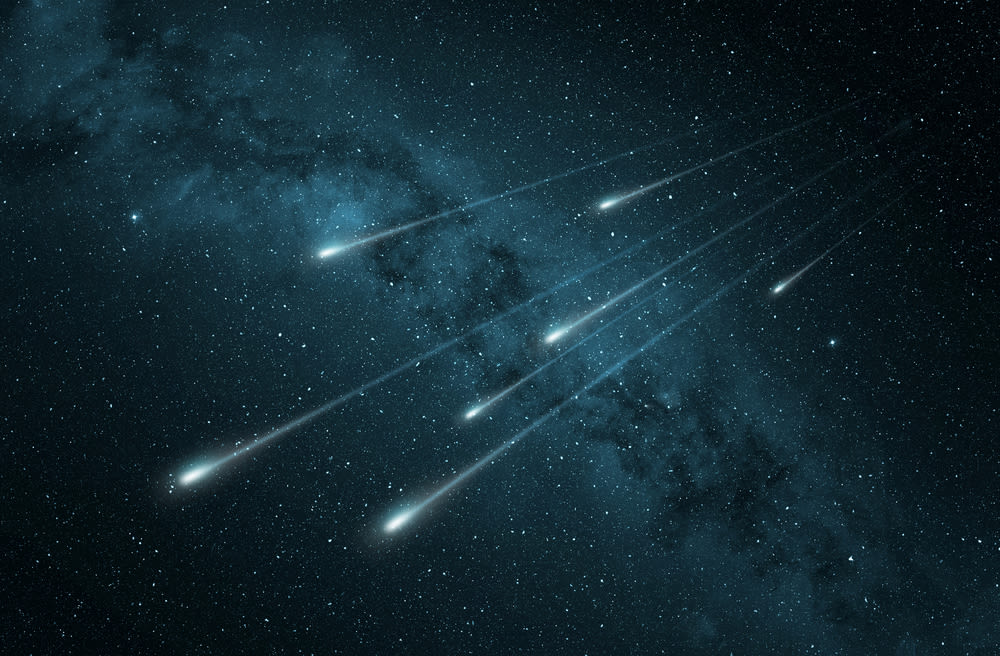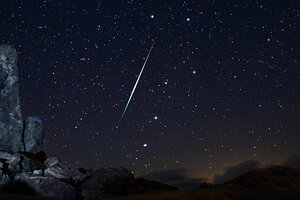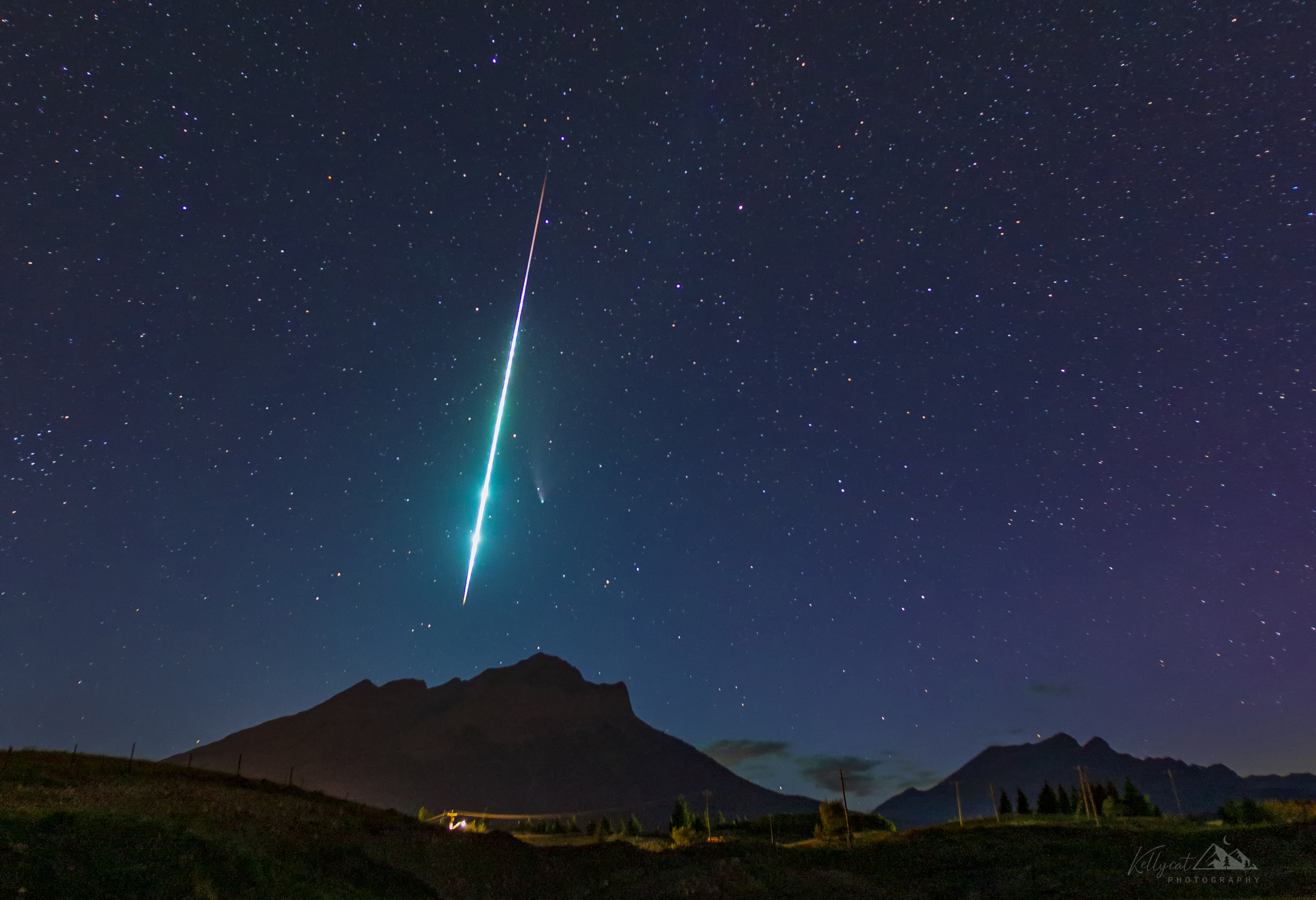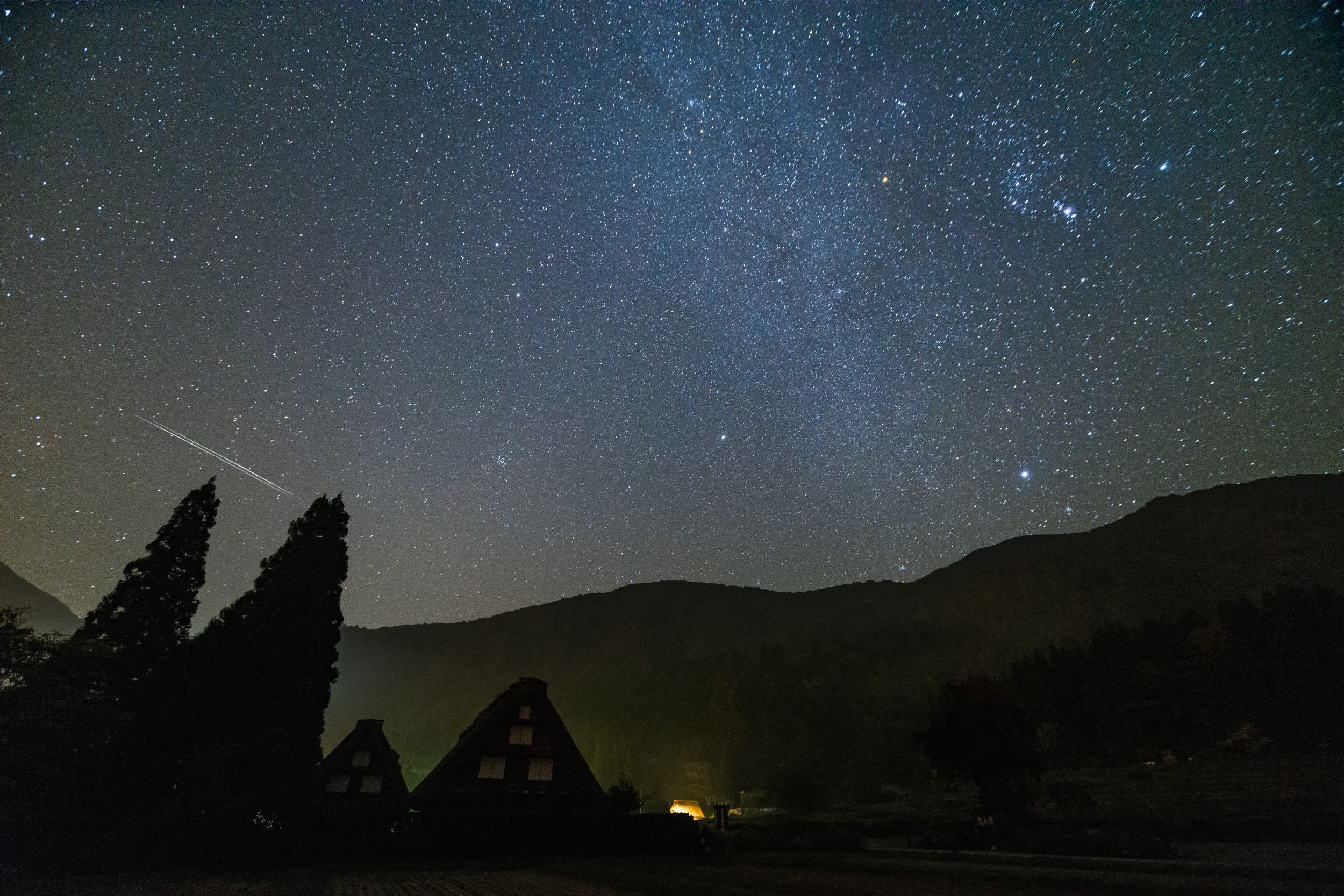

"It's speeding along at escape velocity, 44 miles per second.

"This is the last time we are going to see the comet," Leonard said. On this visit, however, Comet Leonard is traveling without a return ticket. Its first encounter with the sun flung Comet Leonard back into the depths of space, only to turn around about 40,000 years later and embark on another trip toward the sun. About 80,000 years ago, Neanderthals may have looked up to the night sky and pointed out the strange star with its bright tail to each other. Not its first visit to Earth's neighborhoodĬomet Leonard is no stranger to the inner solar system. "Find yourself a dark sky with a good view of the horizon, bring binoculars and I think you may be rewarded." "I feel there is going to be something to be seen even for the casual observer," Leonard said. Still, Leonard encourages people to give it a try, explaining that observers may benefit from an effect called forward scattering: As it comes closer to the sun, the comet's tail and "coma"-a cloud of dust and gas-may scatter the sunlight from behind, potentially dramatically enhancing the comet's brightness. The fact that it's so close to the horizon makes this comet a bit challenging to observe." "It will skim across the west-southwestern horizon between now up until around Christmastime. 13, this comet will appear very low above the horizon just after sunset," Leonard said. Speaking of Venus, the "evening star," as it's sometimes called, is currently prominently visible in the southwestern sky just around sunset and might make for a useful guidepost, helping sky watchers to locate the comet, Leonard said.

The Catalina Sky Survey operates two telescopes at its Mount Lemmon station to search the night skies for near-Earth asteroids. 17, the comet is expected to pass very close to Venus in what Leonard calls a cosmic close call. The comet currently can be spotted low in the evening sky, just after sunset. 12, at which point it was still more than 21 million miles away from Earth, about 88 times the distance from Earth to the moon. "When the tug-of-war is won by the gravity of our solar system, an object may start moving inwards, accelerating as it gets closer to the sun," Leonard explained.Ĭomet Leonard made its closest approach to Earth on Dec. Slight perturbations of this precarious balance of forces may nudge a chunk of ice and dust out of the Oort Cloud and send it onto a trajectory toward the sun. Out there, suspended in the vast interstellar void where temperatures are close to absolute zero, are billions of orbiting comets balanced in a delicate tug-of-war of extremely weak gravitational forces between the distant sun and the rest of the Milky Way. Most long-period comets such as Comet Leonard hail from the Oort Cloud, a vast region surrounding our solar system at distances no spacecraft has ever come close to, not even the two Voyager probes, which have officially left the solar system and entered interstellar space. "The fact that the tail showed up in those images was remarkable, considering that the comet was about 465 million miles out at that point, about the same distance as Jupiter," he said. The dot's fuzzy appearance, combined with the fact that it had a tail, was a dead giveaway that he was looking at a comet, he said.
COMET TONIGHT PATCH
3, Leonard spotted a fuzzy patch of light tracking across the starfield background in a sequence of four images taken with the 1.5-meter telescope at the summit of Mount Lemmon.

Every night with clear skies, astronomers with LPL's Catalina Sky Survey scan the sky for near-Earth asteroids-space rocks with the potential of venturing close to Earth at some point.ĭuring one such routine observation run on Jan.


 0 kommentar(er)
0 kommentar(er)
